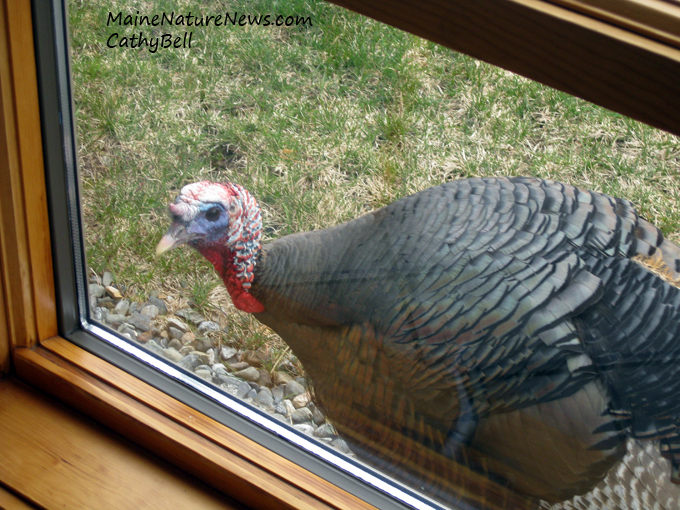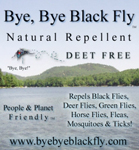Turkeys
With the leaves falling and Thanksgiving barely a month away, my mind drifted over to turkeys, a critter that is, after over 170 years, reappearing in the Quoddy region. From what information I can gather, around here was within the original range of the wild turkey, and my Passamaquoddy reference book calls a turkey ‘Nem’ or ‘Nehm’. The turkey, Meleagris gallopavo, is native to North America, and there are six subspecies across the continent. The turkey that was in this area, the Eastern Wild Turkey, was the subspecies ‘silvestris’, or forest turkey. The Native Americans prized them for food, and carefully called the wary birds within range of their primitive weapons, or trapped them. In the area which is now the Mexican states of Veracruz, Guerrero and Jalisco, however, the Mesoamericans domesticated turkeys of the subspecies gallopavo about 2000 years ago. They valued the bird for food and used the feathers for decorations and religious symbols. The Aztecs considered the turkey to be the symbol of their trickster god ‘Tezcatlipoca’ because of its call and behavior.
When the Spanish came to the New World they immediately recognized the value of the domesticated turkey as livestock and by 1519 they had brought some of the birds back to Europe. Not long after that the English navigator William Strickland introduced the turkey to England. Apparently it was somehow mixed up with some unrelated bird from Africa that was imported through the country of Turkey, but the turkey as we now know it acquired the country’s name. Strickland’s family crest depicted a turkey. Many distinct breeds of turkeys were developed in Europe, and the white ones were prized because the pin feathers were less obvious when the carcass was dressed. As Europeans settled the New World, supplies for the colonizers included domesticated turkeys, and the adventurers of both Jamestown in 1607 and Plymouth in 1620 brought the birds with them. However, as the European population of New England grew, increased hunting pressure and habitat degradation made for a precarious existence for the native wild turkeys and they were considered exterminated by 1840. That event was not considered significant until the depression of the 1930’s, when a program was initiated to raise wild turkeys for restocking in their previously inhabited areas. Very little if any progress was made with that scheme and it was abandoned during WWII. In the 1950’s a new technique was adopted called ‘Trap and Transfer’, where wild turkeys are live trapped and very quickly delivered to a predetermined location. That method is working, and the present population of wild turkeys in North America is estimated to be upwards of 7 million birds.
Turkeys do better in milder climates and broken hardwood forests with lots of edges. In our area more oak trees are very helpful, and this may compensate for the widening losses of beech trees, as beech nuts have been a historic food for turkeys. It is hoped that more turkeys may feed on the ever increasing ticks that will surely infest our woods, but right now this is wishful thinking. Turkeys, with Toms ranging well over 20 pounds, are the biggest bird hunted in Maine. The smallest bird (or animal) hunted in Maine, is the rail, at about 2 ounces. The latest game laws indicate that the turkey season is open in Maine until Nov 1, 2013, but Wildlife Management District #27 (Eastport, Pembroke, Perry, etc) is closed. Be sure and check and follow the game laws carefully. Will wild turkeys ever be a nuisance in the Quoddy region? In some areas they already are a nuisance to farmers, gardeners and people who dislike turkey poop on their lawns and driveways. It will be a challenge to the wildlife managers to tweak the balance of nuisance versus numbers. Let’s hope they succeed.






